SOURCE: RAUNAK KUNDE / NEWS BEAT / IDRW.ORG
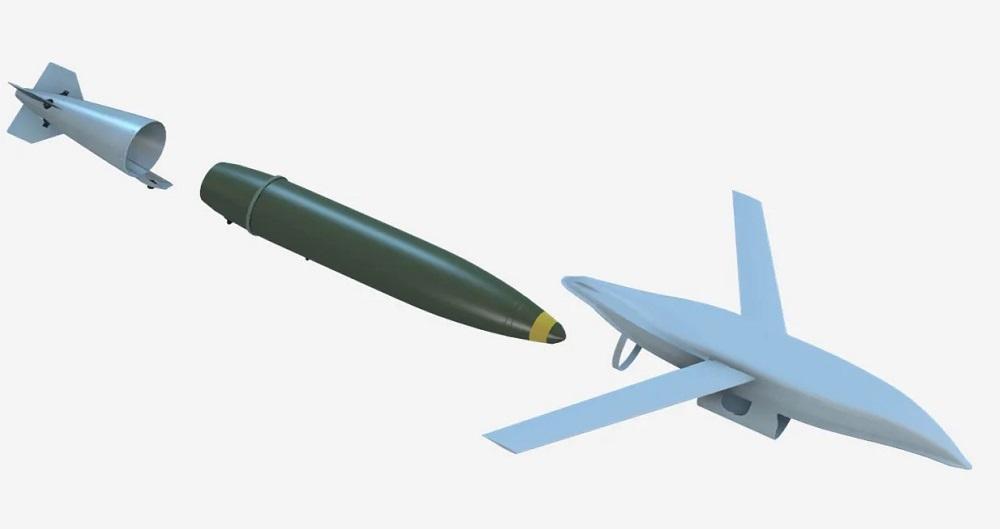
The Ministry of Defence (MoD) has issued a new challenge through iDEX ADITI Edition 1.0, targeting Indian startups. This initiative aims to enhance the capabilities of the Indian Air Force (IAF) by seeking the development of a Range Extension Kit (REK) for existing 250 kg High-Speed Low Drag (HSLD) bombs.
The core objective of this challenge is to develop a rocket or engine-assisted REK equipped with an Electro-Optical/Infra-Red (EO/IR) head for terminal guidance. This kit will be designed to:
Continue readingSOURCE: RAUNAK KUNDE / NEWS BEAT / IDRW.ORG
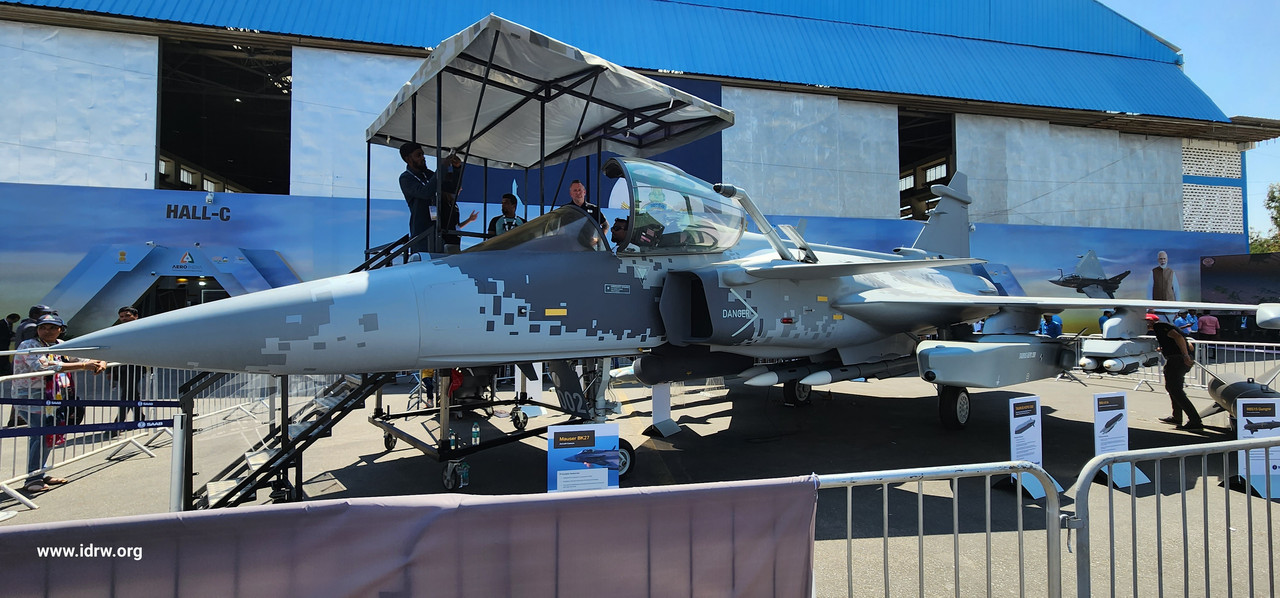
Mats Palmberg, Chairman and Managing Director of Saab India, recently shed light on the Swedish defense giant’s position in India’s ambitious Multi-Role Fighter Aircraft (MRFA) project. With cautious optimism and a commitment to partnership and innovation, Saab India eagerly awaits the government’s next move in this pivotal defense procurement endeavor.
Saab India’s journey in the MRFA project began with the submission of a comprehensive response to the Request for Information (RFI) in 2018. Since then, the company has engaged in extensive consultations with the Indian Air Force, striving to refine and clarify its proposal to align with the nation’s strategic objectives and operational requirements.
Continue readingSOURCE: IDRW.ORG TEAM.
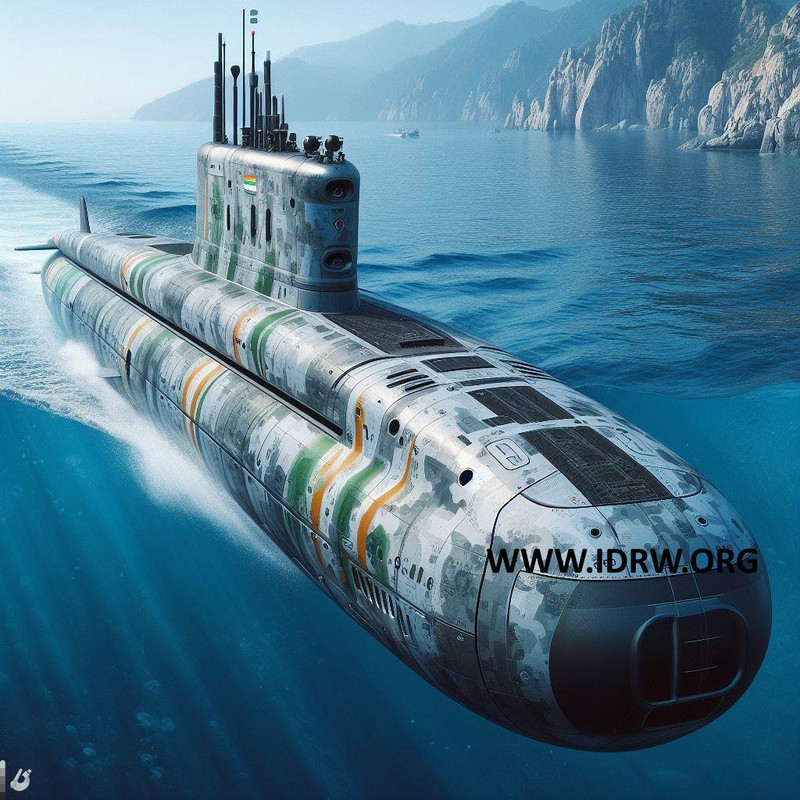
India’s quest for self-reliance in underwater warfare takes a new turn with Project-76, a program to design and build next-generation conventional diesel submarines. However, unlike previous projects, the design phase will be handled solely by the Warship Design Bureau (WDB), bypassing the country’s premier submarine builder, Mazagon Dock Shipbuilders Limited (MDL).
While MDL, with its experience in constructing over 8 submarines, initially expected to play a key role, officials have confirmed their exclusion from the design phase. However, they express eagerness to participate in manufacturing once the WDB finalizes the design.
Continue readingSOURCE: IDRW.ORG TEAM.

The Adani Group has spoken to the Financial Times in response to critical Indian media reports surrounding their export of Hermes 900 UAV aero-structures and subsystems to Israel. The company emphasizes that the UAVs in question are designed solely for intelligence, surveillance, and reconnaissance (ISR) missions.
Various media outlets have alleged that these drones possess armed capabilities and may have been used for bombing targets. However, IAI, the developer of the Hermes 900 platform, notes that while it offers a 450kg payload capacity suitable for various applications, the company has never explicitly confirmed the ability to be armed.
Continue readingSOURCE: RAUNAK KUNDE / NEWS BEAT / IDRW.ORG

The Indian Army set to order an additional 100 South Korean-developed K-9 Vajra self-propelled howitzers, but debates are intensifying over the need for a shift towards greater reliance on self-propelled artillery. Lessons from the Ukraine War, where towed howitzers have proven vulnerable to counter-battery attacks, emphasize the importance of agility and survivability for modern battlefields.
Wheeled self-propelled howitzers offer potent firepower and enhanced mobility compared to traditional towed systems, but lack the armored protection and off-road capabilities of tracked platforms. India’s ambitious modernization plans include acquiring over 800 wheeled self-propelled howitzers, and a significant increase in its tracked artillery fleet.
Continue readingSOURCE: RAUNAK KUNDE / NEWS BEAT / IDRW.ORG
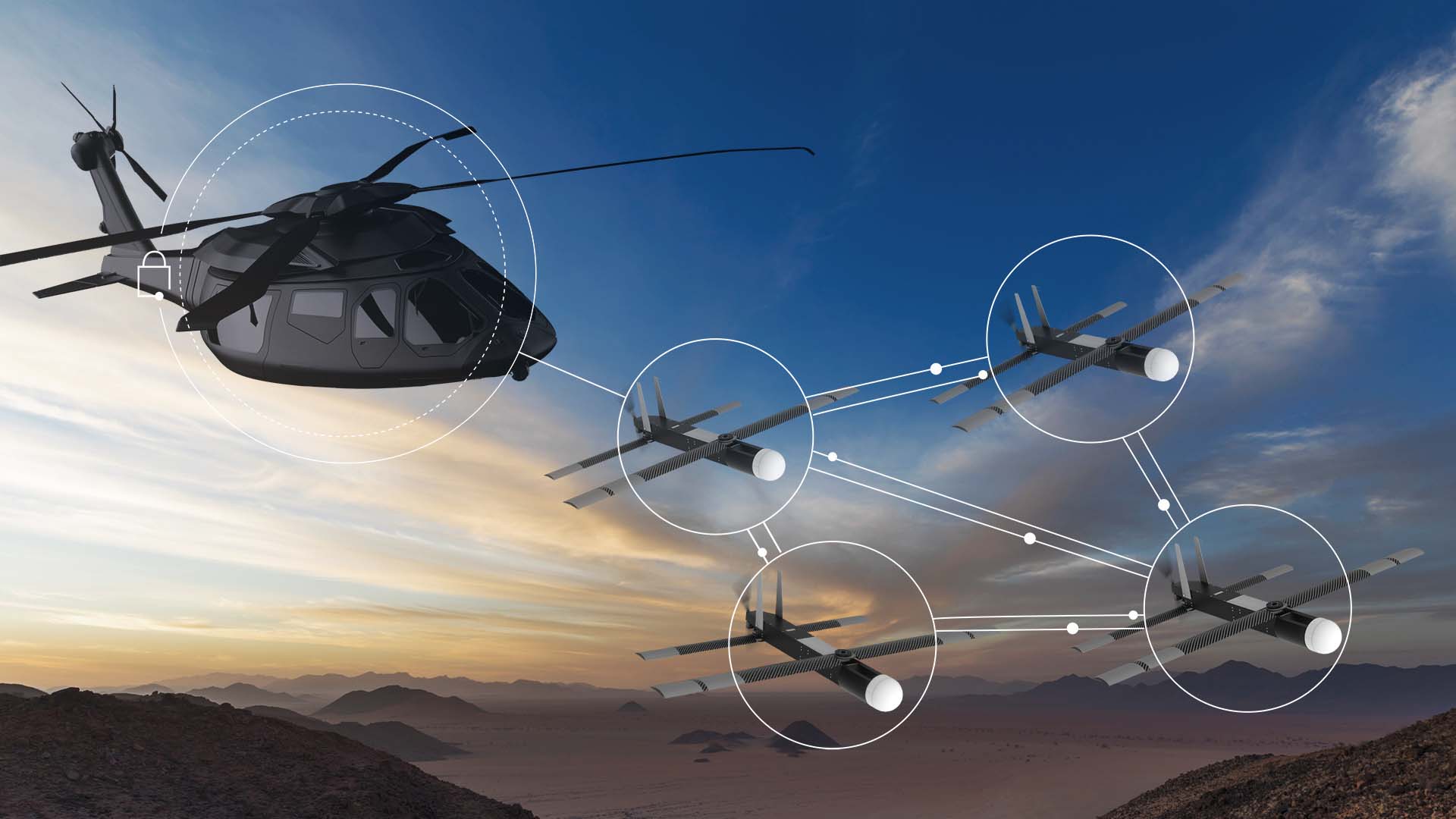
The Ministry of Defence (MoD) has issued a new challenge through iDEX ADITI Edition 1.0, targeting Indian startups. This initiative seeks the development of a next-generation weapon system for the Indian Air Force (IAF) – a helicopter-launched drone with Man-Unmanned Teaming (MUM-T) capability.
The primary goal is to equip Mi-17 class helicopters, a mainstay of the IAF, with a launch-and-forget or pilot-in-the-loop controlled drone solution. This armed drone should be capable of carrying a minimum warhead of 50 kilograms and strike targets at a distance exceeding 40 kilometers.
Continue readingSOURCE: RAUNAK KUNDE / NEWS BEAT / IDRW.ORG
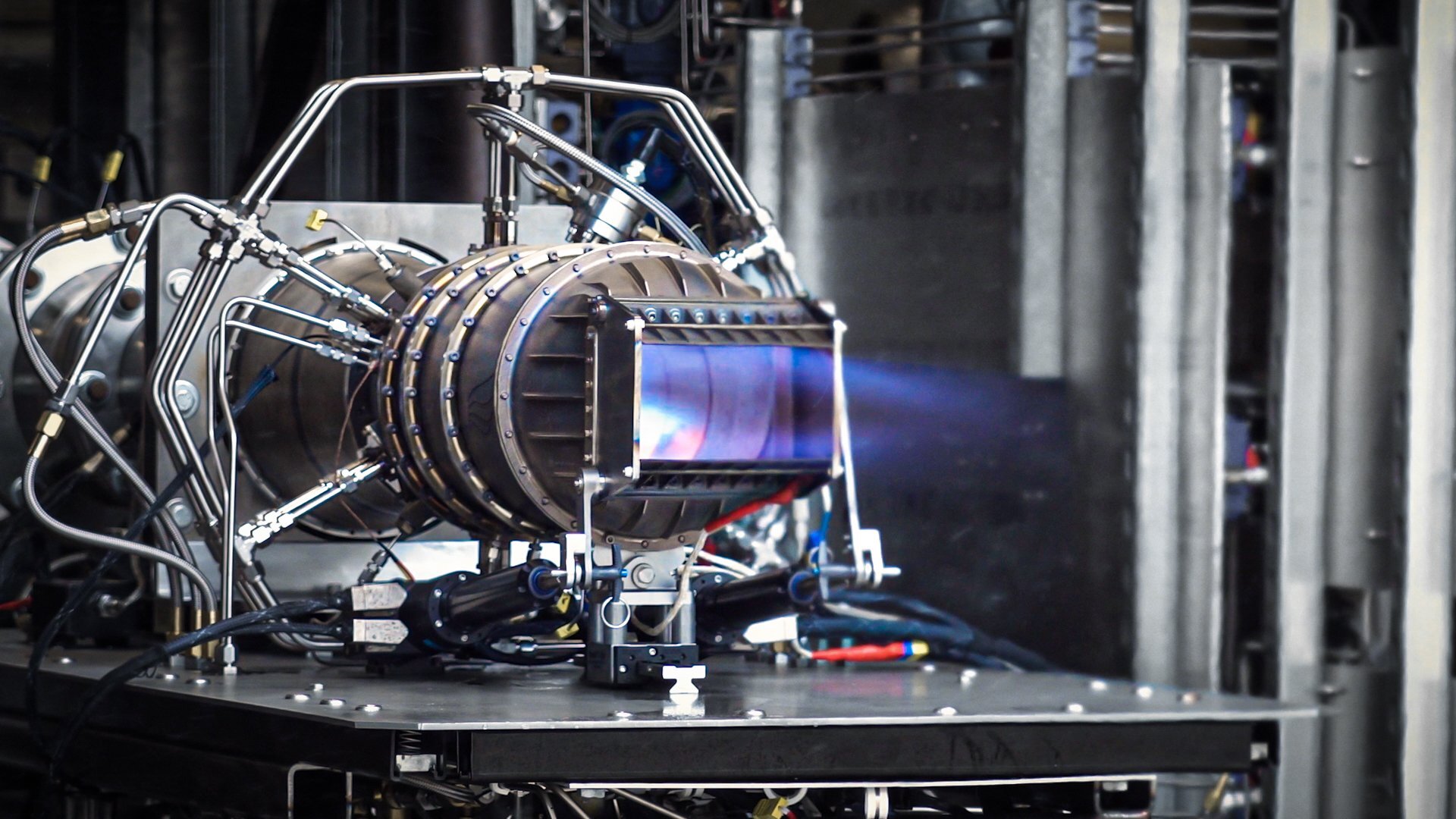
The Ministry of Defence (MoD) has launched a new initiative under iDEX ADITI (Acing Development of Innovative Technologies with iDEX) – Edition 1.0. This program specifically targets Indian startups with the challenge of developing a high supersonic to hypersonic ramjet engine for fixed-wing flying objects used by the Indian Navy.
The project aims to achieve self-reliance in a critical defence technology – hypersonic propulsion systems. This technology is crucial for developing next-generation missiles and high-speed aircraft capable of exceeding hypersonic speeds (Mach 5 and above).
Continue readingSOURCE: IDRW.ORG TEAM.

The Indian Army is gearing up for battle, not with new tanks, but with a significant power boost for its existing fleet of T-72s. A proposed 2300 crore (US$2.8 billion) plan will see nearly 1000 of these workhorses receive a 1000-hp engine upgrade, replacing their current 780-hp models.
The heart of the upgrade is the new engine, developed indigenously by retaining core components but swapping out peripheral systems like cooling and intake. This cost-effective approach retains reliability while adding vital muscle. Extensive testing ensures the upgrade is battle-ready.
Continue readingSOURCE: IDRW.ORG TEAM.
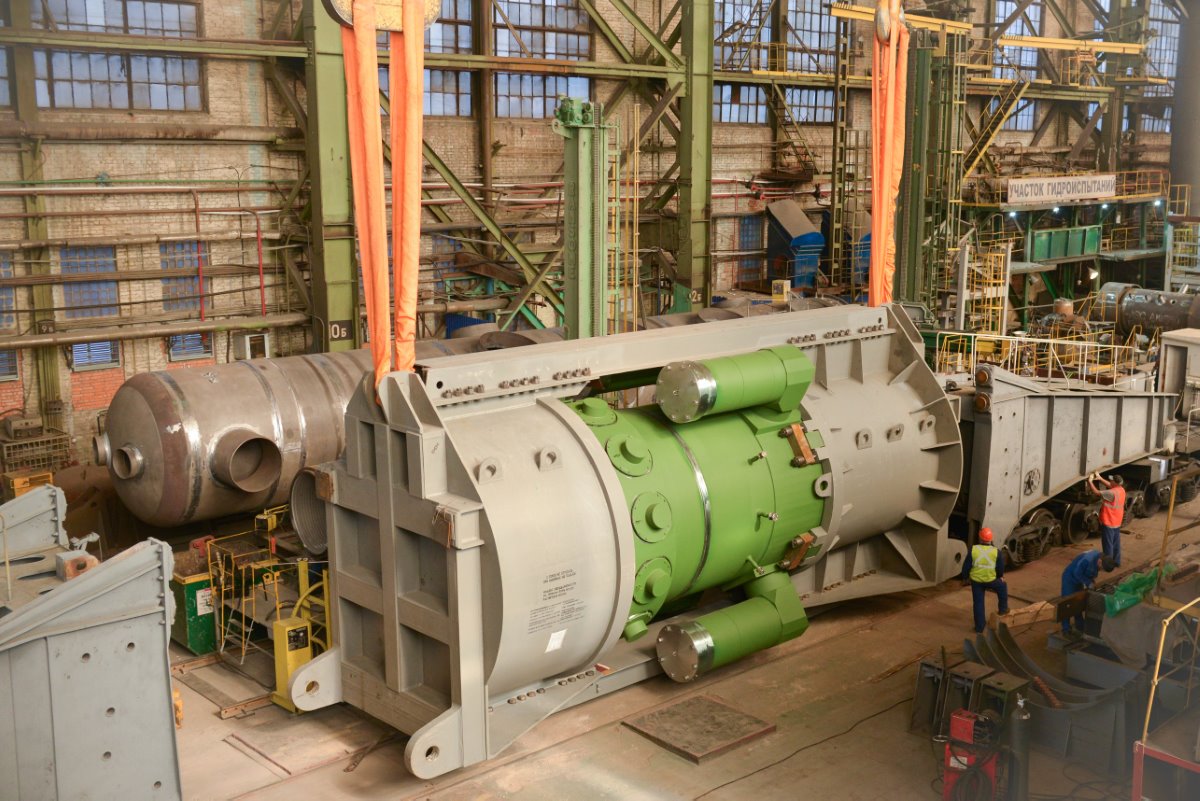
Russia has extended an offer to India for its RITM-200 series Small Modular Reactor (SMR) technology, potentially providing a clean and efficient energy source for the nation’s growing needs. This offer presents an interesting crossroads for India’s energy roadmap, raising questions of feasibility, safety, and geopolitical implications.
The RITM-200 is a PWR-based SMR, capable of generating up to 350 MW of electricity. Its compact size and modular design allow for faster construction and deployment compared to traditional large-scale nuclear power plants. Additionally, Russia emphasizes the proven track record of this technology, citing its successful application in powering their new generation of nuclear icebreakers.
Continue readingSOURCE: RAUNAK KUNDE / NEWS BEAT / IDRW.ORG
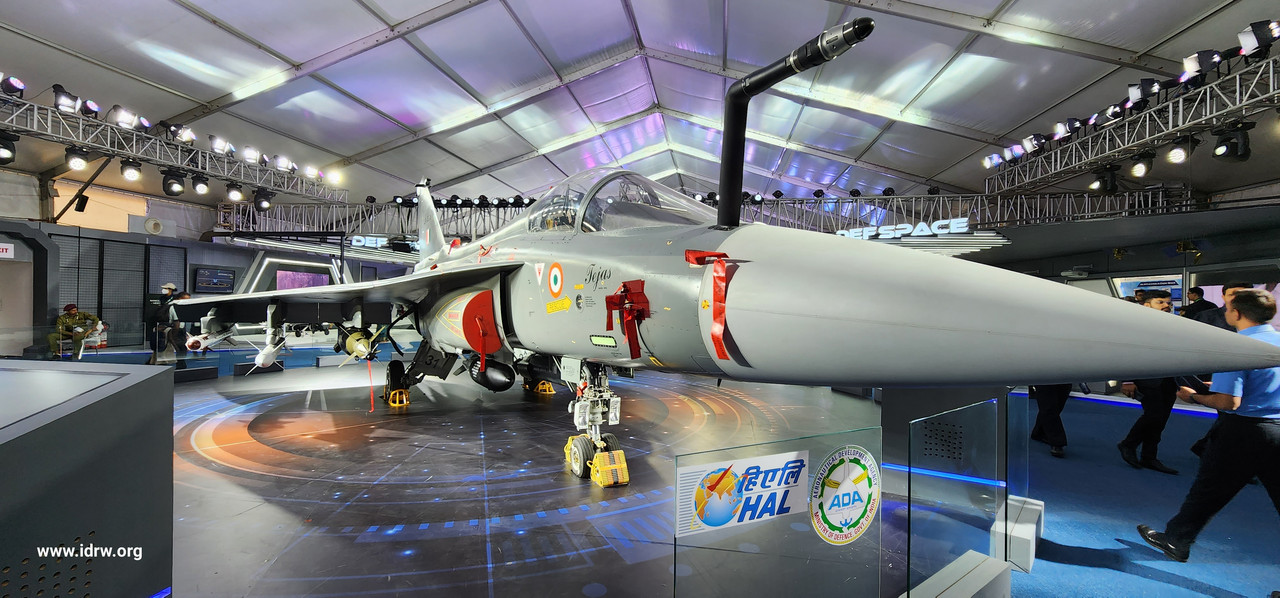
The Philippine Aerospace Development Corp (PADC) and India’s Hindustan Aeronautics Limited (HAL) are currently engaged in discussions aimed at enhancing the maritime defence capabilities of the Philippine Air Force (PAF) through the development of a customized version of the LCA-Tejas Mk1A aircraft. This initiative underscores the growing importance of naval aviation in safeguarding territorial waters and addressing regional security challenges in the Indo-Pacific region.
The LCA-Tejas Mk1A, a versatile multi-role fighter aircraft, is being considered for adaptation to the naval strike mission, specifically tailored to meet the operational requirements of the Philippine Air Force in countering maritime threats. While the Indian Air Force (IAF) has no immediate plans to deploy the LCA-Tejas Mk1A for naval strike missions, the aircraft’s potential for maritime operations are being explored through collaboration between PADC and HAL.
Continue readingSOURCE: RAUNAK KUNDE / NEWS BEAT / IDRW.ORG

Kalyani Group, a leading Indian defence and aerospace conglomerate, has expressed its interest in participating in the development of the Future Ready Combat Vehicle (FRCV) program. This ambitious project aims to replace the Indian Army’s ageing fleet of T-72 main battle tanks (MBTs) with next-generation 55-ton vehicles starting in 2030.
Company officials at the Maharashtra MSME Defence Expo highlighted Kalyani’s established expertise in manufacturing crucial tank components. Notably, the group is the first private sector company in India to successfully manufacture barrels for MBTs, surpassing even the quality of Russian-made ones for the T-72 and T-90 programs.
Continue readingSOURCE: RAUNAK KUNDE / NEWS BEAT / IDRW.ORG
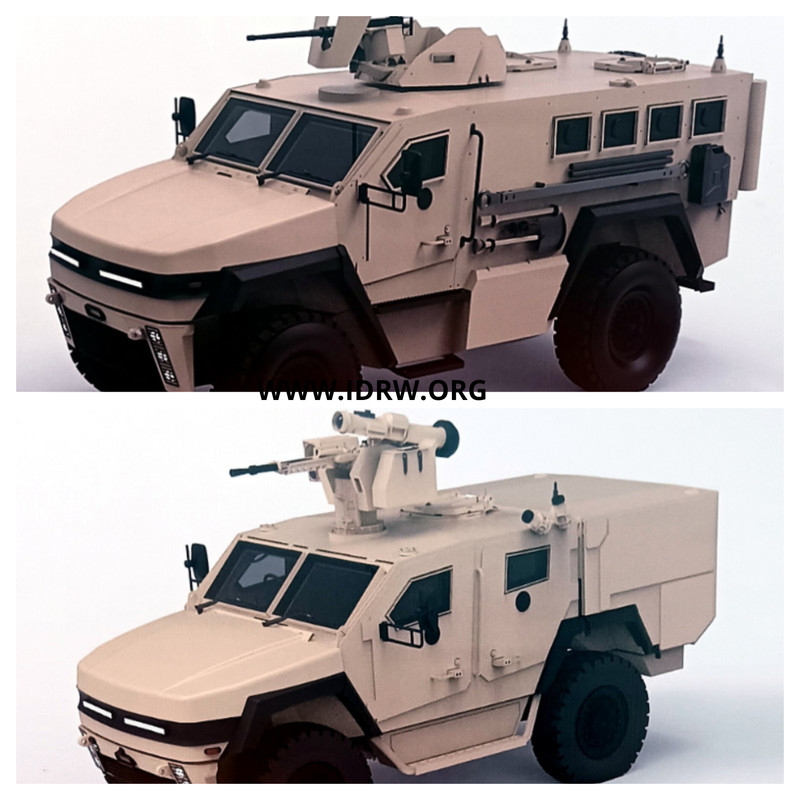
Tata Advanced Systems Limited (TASL) has unveiled details and specifications for two new armoured vehicle programs, showcasing its commitment to innovation in the Indian defence sector. These vehicles, the LAMV (Light Armoured Multipurpose Vehicle) and the Protected Mobility Vehicle (PMV) cater to the diverse operational needs of the armed forces.
The LAMV represents the epitome of versatility and agility, designed to excel in diverse operational environments. With seating for 2+2 personnel and a maximum gross vehicle weight (GVW) of 10,200kg, the LAMV offers exceptional mobility without compromising on protection.
Continue readingSOURCE: IDRW.ORG TEAM.

In a significant move to strengthen its maritime capabilities, the Indian Defence Acquisition Council (DAC) recently cleared the procurement of 15 C295 Maritime Surveillance Aircraft (MSA) for the Indian Navy and Indian Coastguard. This deal, valued at Rs. 29,000 crore, promises to enhance India’s surveillance, reconnaissance, and search & rescue operations, while also bolstering its anti-submarine warfare capabilities.
The C295 comes in two configurations: the Maritime Patrol Aircraft (MPA) and the Maritime Surveillance Aircraft (MSA). Both configurations contribute to strengthened national security. The MSA emphasizes surveillance and reconnaissance, while the MPA adds anti-submarine warfare capabilities.
Continue readingSOURCE: IDRW.ORG TEAM.
_1649835389928_1649835397730.png)
The ongoing war in Ukraine has sparked debate about the future of tanks in modern warfare. While images of destroyed Russian armor dominate headlines, Indian Army officials offer a nuanced perspective, attributing the losses more to “poor tactics” than inherent flaws in the technology.
The battlefield in Ukraine has seen extensive use of drones and man-portable anti-tank missiles like NLAWs, posing a significant threat to unaccompanied tanks. These weapons, coupled with artillery strikes, inflicted heavy losses on Russian tank formations, particularly in the early stages of the war.
Continue readingSOURCE: RAUNAK KUNDE / NEWS BEAT / IDRW.ORG
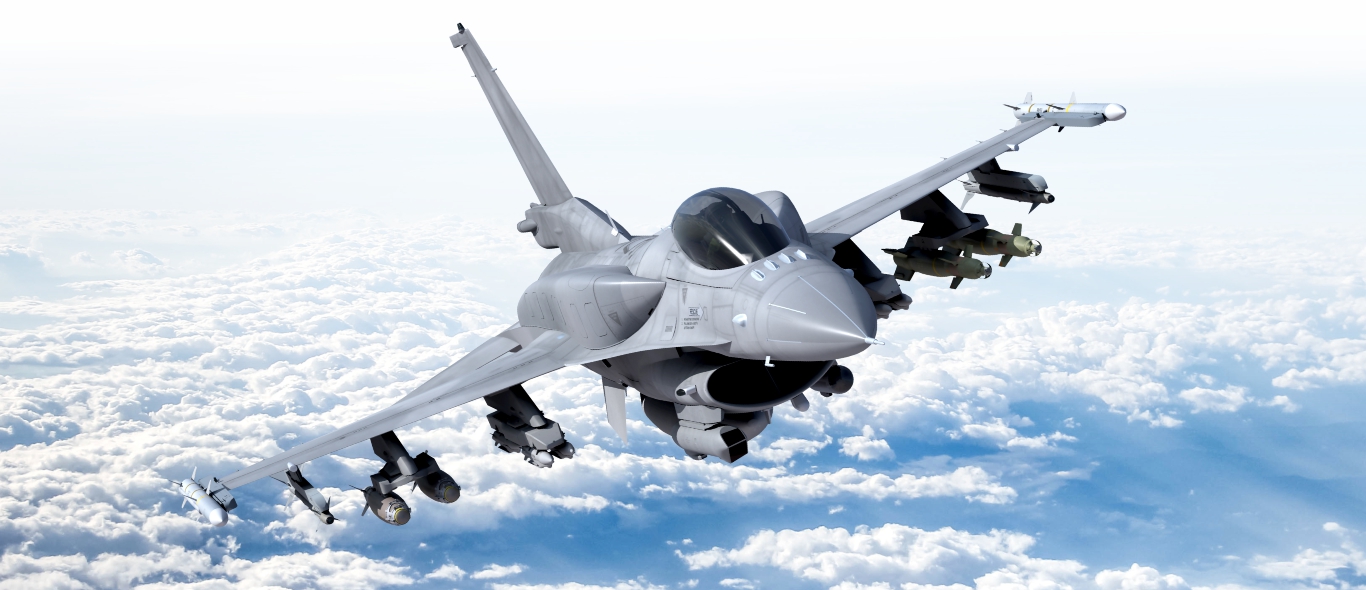
Lockheed Martin’s enduring pursuit of India’s Medium Multi-Role Fighter Aircraft (MRFA) tender remains a focal point in the global aerospace industry as the company continues to advocate for its proposed variant, the F-21. Amidst rising production levels at Lockheed’s factory in Greenville, South Carolina, which recently celebrated its 50th anniversary, the company sees sustained interest in the iconic F-16 fighter aircraft.
The Indian Air Force (IAF) is poised to issue a Request for Proposal (RFP) to all global Original Equipment Manufacturers (OEMs) later this year as part of its ambitious plan to procure 114 jets with Transfer of Technology (TOT).
Continue reading